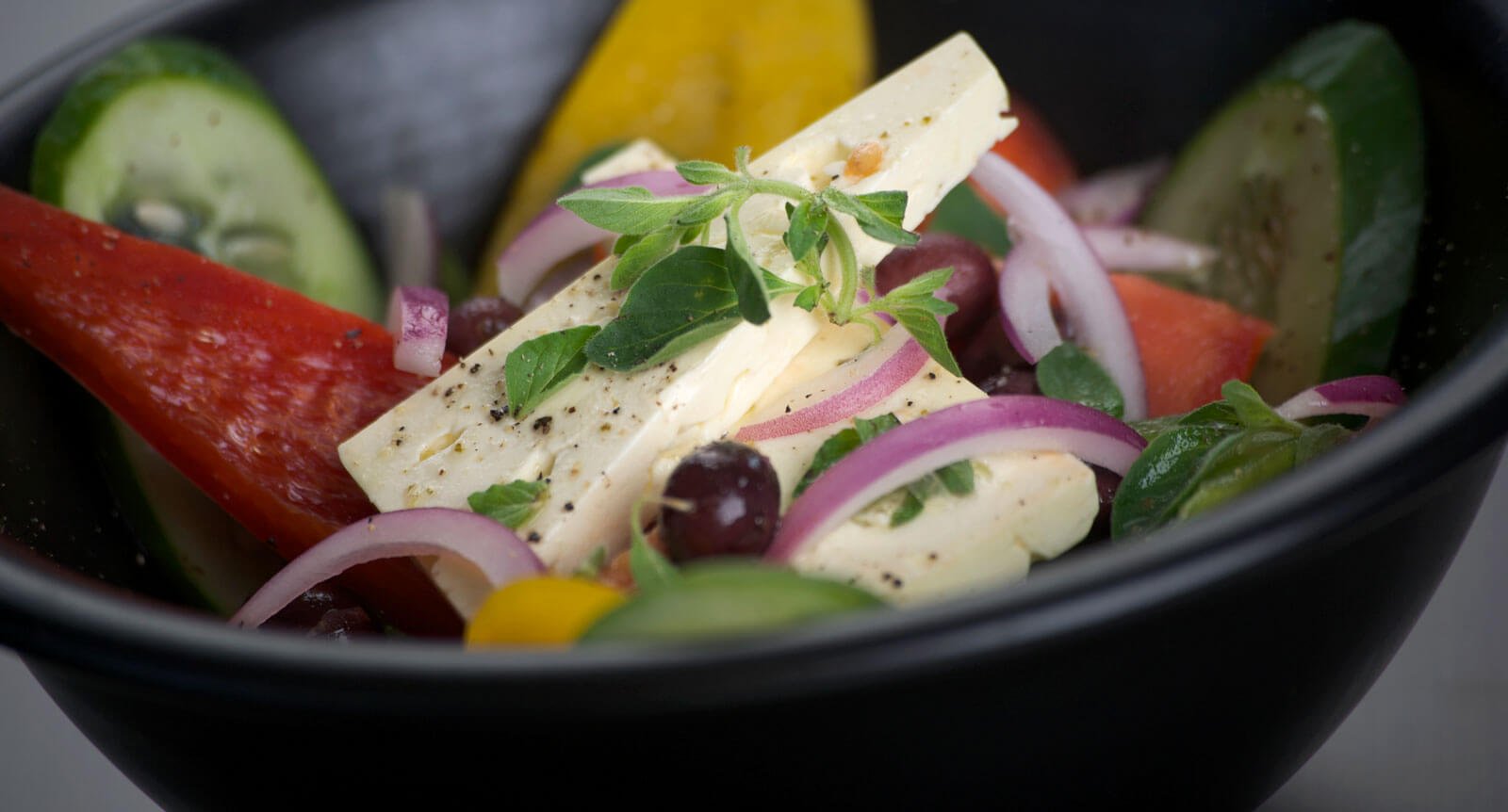The foodie culture in Australia has been booming in recent years, particularly in Sydney where restaurants and eateries are now popping up from the city centre stretching out through the retail precincts of every suburb. The beauty of food is that it transcends cultures and brings people together unlike almost anything else imaginable. Authentic and delicious eateries featuring your favourite foreign dishes are now as close to your door as they’ve ever been. Whether it’s a quick trip to the local Thai restaurant for a Pad Mee Goreng or searching one of the many online food delivery services for a Basque style Sopa De Pescado, it’s never been easier to enjoy any cuisine from around the world.
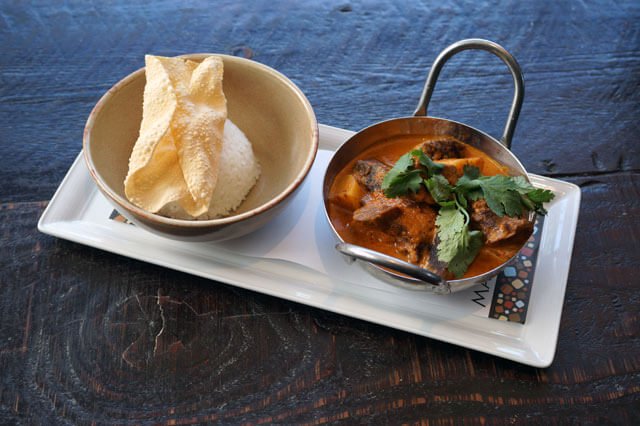
However, it’s not only in the retail sector that the Australian foodie culture has come alive. With the explosion of cooking shows on free-to-air and pay-tv, more and more people are trying their hand at preparing exotic dishes in their own kitchens. A combination of TV personalities – such as Pete Evans, Matt Preston and Jamie Oliver – and Australia’s exquisite food options – including incredible seafood, fresh vegetables and fruits, and flavoursome meats – has given people the knowledge and confidence to prepare their own extraordinary meals.
One major reason for the food culture explosion is the rise of social media. It’s never been easier to share information with friends, family and complete strangers than it is today on platforms such as Instagram, Facebook, Foursquare and Yelp. The ease with which people can share pictures of food, links to favourite recipes and restaurants, and opinions about the meals they’ve eaten has forced restaurants and cafes to lift their game and serve food that looks and tastes incredible. A poor review on Yelp or an Instagram post that goes viral can have a huge impact on the popularity of a restaurant.
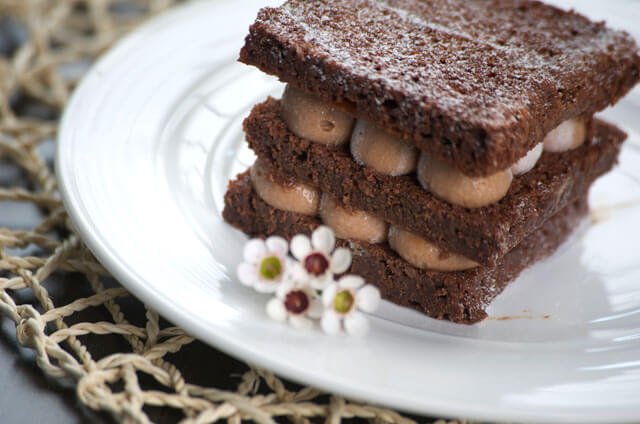
Social media has also given rise to the phenomenon that is food photography. Where once during the early years of social media a photo and description of what you were having for breakfast was met with derision in some quarters, the artistic skills of even the most amateur of Smartphone image editors has been taken into a whole new stratosphere. A quick flick through the Instagram feed of anyone you know who enjoys posting pics of their food will reveal the effort and detail they are prepared to go to in order to make the shot look just right. It’s never been easier to take a photo, use an app to edit the image and post to a social media platform for the world to see.
Whether you’re at a restaurant eating an exceptional meal or have prepared a dish at home that you’d like to share with anyone interested, these are food photography tips you can use to improve the quality of your images and therefore increase engagement once you upload them to your social media platforms of choice.
Food photography tips for preparing, plating and presentation
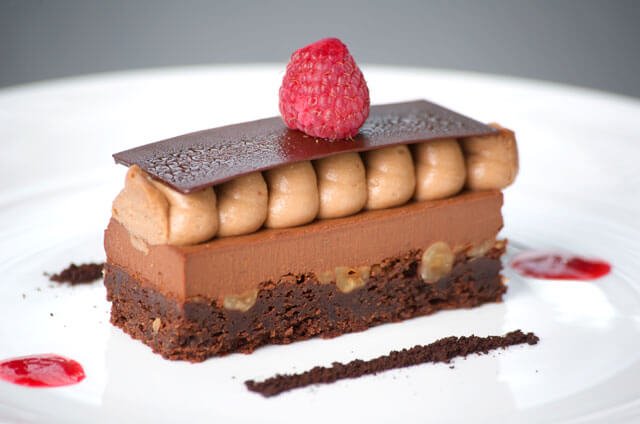
When preparing food in your own home, there are a number of food photography tips you should employ to ensure that post-production editing is kept to a minimum and the final look of the product is enhanced.
Use the best ingredients
This seems like a no-brainer, but an image can be ruined if the ingredients you use in your dish look old, withered or damaged in any way. Use fresh meats and fruits to showcase their vivid colours and textures, leaving less work to the editing phase. If there are ingredients that are less than ideal, try to hide them amongst the better-looking ingredients or turn them over so their imperfections are face down.
Get the lighting right
Lighting is crucial to the quality of any image. Again, the less work you have to do editing after the photo has been taken the better, so get the light right. Lighting the dish from the rear will bring it to life, while light from above or another angle won’t look anywhere near as vibrant.
Get the styling right
If you’ve created an incredible dish filled with colour and texture, strip everything else out of the photo to highlight the dish. For example, if you’ve created a summer salad full of fresh colours, don’t add props that will take focus away from the dish. Conversely, if the dish you’ve prepared isn’t that visually appealing (no matter how delicious it is), you may need to add props such as the raw ingredients that are in the dish. For example, a stew may not look amazing but carefully placing raw beef, carrots and mushrooms around the outside will bring the dish to life.
Show the steps
People are fascinated by the process of preparing dishes, so why not use an app such as Diptic to highlight the steps required to create your masterpiece? One, two or three preparation shots – as well as the final dish, of course – can add interesting features to what may be an ordinary final shot.
A shot taken during the process
If you know the final dish isn’t going to be visually pleasing, use a photo during the cooking phase instead. If you’ve got something boiling away on the stovetop, this may be far more interesting to your audience than the final product served up in a bowl.
Add a personal touch
We don’t think you should photo-bomb your own food photo with a scary face, but a shot of your hand holding a fork or stirring a pot with a wooden spoon can add a nice touch.
Use clean props
Like the first tip, this should be a no-brainer, but it’s surprising how many food photos are ruined by dirty plates and bowls. Once you’ve plated the food, clean the plates and props to ensure it’s the food that draws the attention, and not a rogue drop of gravy or fingerprint that catches the viewers’ eye instead.
Snap away at different angles
You don’t have to worry about the cost of film these days, so don’t be scared to snap away and take a number of photos at different angles. While one dish might look great from above, another dish will look better at a 45-degree angle, while another will look best side on.
Oil and water does the trick
Want to make the colours of your vegetables really pop? Brushing vegetables with olive oil or spraying a fine mist on salads will enhance their freshness through the lens.
Food photography tips for restaurant meals
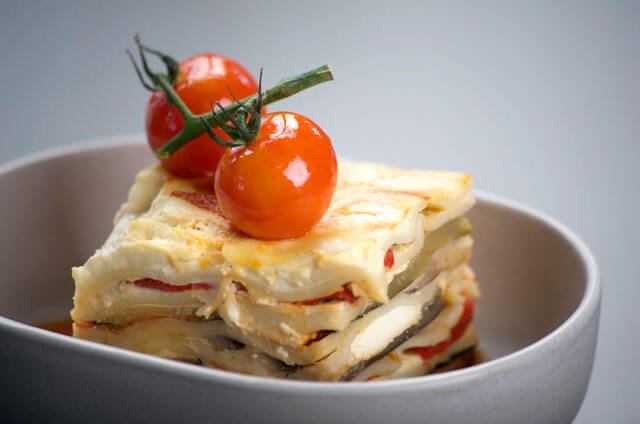
If you don’t prepare the meal, you aren’t going to have any control over the ingredients that are used. You may not have a great deal of control over the environment in which you can take your picture either. You might be seated in a dark corner with little light or in a tight, confined area where space is at a premium. And of course you won’t have any say over what cutlery and crockery is used to serve your food. While these obviously inhibit the control you’ll have over the image you can take, there are still a few food photography tips you can use to get the best shot.
Getting the light right
We’ve said it before but it’s worth saying again: light is crucial to the quality of your photo. Diffused sunlight is the best source of light so ask for a table outside, if possible. An overcast day is ideal but if the light is bright perhaps use an umbrella to fight the brightness. If you must sit inside, ask to be seated near a window. Some natural light is better than little or no light at all. And only use the built in flash as a last resort. It can play havoc with contrasts and the depth of an image and you have very little control over what effect the sudden burst of light will have on your final image (not to mention it might annoy other diners).
Swap the lens
If you’re using a Smartphone or basic point and shoot camera, this tip isn’t going to be much use to you. But if the light is dark and you’ve got a decent quality DLSR, make sure you’ve got the fast lens on. A fast lens lets in a lot of light and the more light your camera can suck in when there isn’t much of it around, the better the final photo will be.
Play with the angles
Take photos from a wide variety of angles whether preparing your own dish or enjoying a meal at a restaurant. Shots from above can look great but photos shot at an angle have added depth and shape.
Framing is crucial
When checking out food photos on social media, most people are only interested in the food. They don’t really care about what else is in the photo, so make sure you get the framing right. Unless the dish is dull and requires some additional styling, fill the frame with the food to minimise uninteresting space around the outside.
Get in close
Sometimes it’s far more interesting to take a photo of a portion of the meal rather than the entire dish. For example if the dish is bland, just shooting a part of the plate and a few colourful props around the outside can make for a much more interesting photo. Or, if your dish has some really interesting ingredients or textures, get in close to highlight them. For example, a close up shot of a slice of chocolate ripple cake might be far more interesting than the whole cake.
While all of these tips are great for taking the best food picture you possibly can with the tools you’ve got, don’t forget why you’re there at the restaurant in the first place. Once you’ve taken your photo, it’s not really that vital to upload the image to your social media platforms straight away. Make sure you put the camera down, pick up your knife and fork, and enjoy the meal with the person or people you’re sharing it with. While sharing your image might be really important to you, it shouldn’t be more important than spending quality time over a fantastic meal with close friends and family.
Sharing your images on Instagram and Twitter
We share pictures of our food for a wide range of reasons. It could be for the simple reason that we just want to tell people what we’re eating; maybe it’s to show off a meal we’ve prepared in the hope of receiving positive affirmation; or it could be that we just want to share a special occasion featuring the food we’re eating. Whatever the reason, we’re doing it in the hope that the people we care about actually see it.
[raw]
[/raw]
There are many popular food photographers on Instagram and Twitter to follow if you want to see great pictures, get inspiration or to see what works. Here’s a selection of five Instagram and five Twitter accounts you should follow to improve your food photography game:
- Sprinkles for breakfast – If desserts are your thing, these guys will provide some serious inspiration.
- Jamie Oliver – He’s got over four million followers for a very good reason: his food photos are awesome!
- Eat Drink Paleo – Irena Macri is an author, blogger and photographer.
- Spoon Fork Bacon – Food stylist and photographer from L.A. You’ll want to just jump into the feed and eat everything!
- Ashrod – An impressive Instagram feed of the food she makes and shoots.
- Jackie McMillan @MissDissentEats – If strong opinions on politics and food pics are your thing, this might be the Twitter feed for you.
- Jackie M @jackiemsydney – No, this is not a list strictly restricted for Jackies! Jackie M is a TV presenter and Southeast Asian street food expert.
- I Ate My Way Through @iatemywaythru – Sydney-based 2013 Food Blogger of the Year.
- Sarah Han @sarahlianhan – Has her own blog, ‘Sarah vs Carbs’, and is the food writer for @weekendnoteaus
- Gourmet Travller @gourmettweets – Food feeds on Twitter don’t get much better than this!
To take advantage of the wonderful food images you’ve taken and ensure as many people as possible see them when you share them on your favourite social media platforms, there are popular hashtags you should use. Using some or all of these hashtags after you’ve written your caption will allow other users to potentially find your image. These hashtags include:
- #food
- #yummy
- #foodporn
- #instafood
- #delicious
- #foodie
- #eat
- #foodgasm
- #foodpic
- #cooking
- #snack
- #snack
- #nom, #nomnom, #nomnomnom
Another great idea is to incorporate unique hashtags that are relevant to you and your image. While these popular hashtags are the most commonly searched for, it’s possible your image may be lost in the millions of other images using the same hashtags. Make up a couple of unique hashtags as well to include after your caption to try and capture a very specific audience.
Start your food photography adventure at Lantern Club
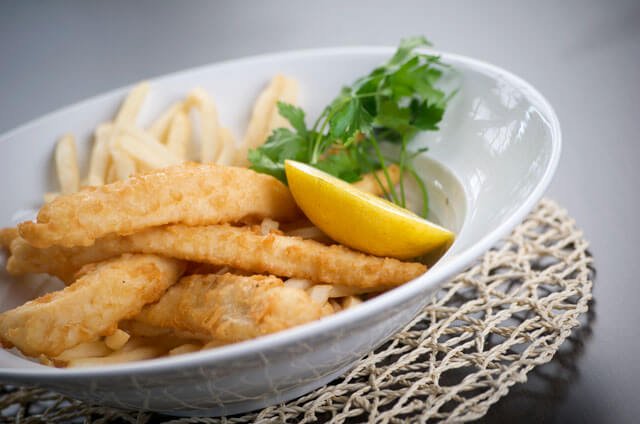
We’re so proud of the menu our chefs have created at MàZi Café and MàZi Restaurant that we actively encourage you to take photos and post them to you social media accounts. The dishes are so full of life and colour that we’re confident they will stand out among the food photos in your feed.
We’ve got plenty of natural light streaming in through the windows, or you can sit outside and use the natural sunlight to take the perfect photo. Don’t forget to tag your images with our #lanternclubRoselands hashtag so we can keep an eye out for them and re-post a few on our feeds.
We’re open seven days a week for breakfast, lunch and dinner, so come in and enjoy the best hot and cold dishes any time of the day or night. Whether it’s a light snack, a sweet treat, a tasty beverage to quench a thirst, or a banquet fit for a king, we’ve got you covered at MàZi.
You can make a booking via our online booking form, or call us on (02) 8037 8200. We look forward to preparing meals for you worthy of your social media accounts.
© Lantern Club, Roselands

